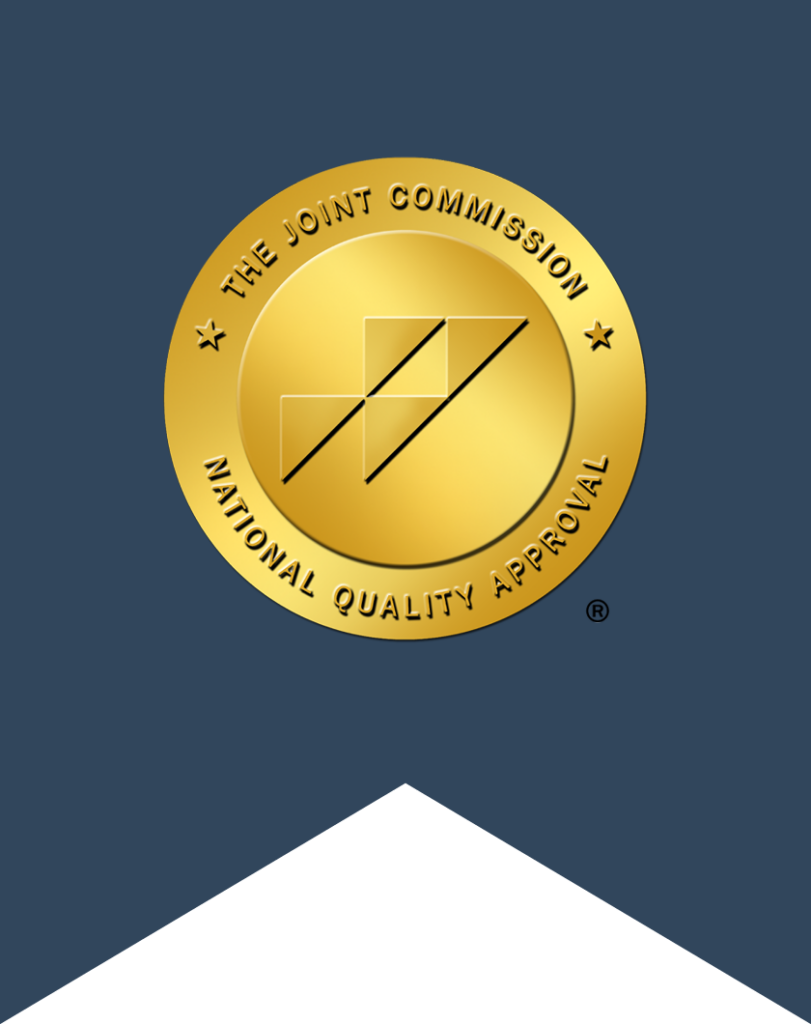Pain takes many forms including minor aches, temporary bouts of sharp pain, or chronic pain. For those pains beyond the norm, doctors may prescribe medication that is stronger than typical over-the-counter pain relievers. Opioids are a class of prescription painkillers that help blunt severe pain and can be very helpful for those recovering from physical trauma including surgery. Opioids, such as methadone, have also been used to treat those with an opioid addiction. However, using any opioid medication may also carry risks.
What are Opioids?
Opioids are a form of medication that are often used to treat moderate to severe pain. Morphine, hydrocodone, oxycodone, methadone and codeine are all forms of opioid pain medication. Morphine is a naturally occurring opioid, and it is produced from the Asian poppy opium plant. Oxycodone is a partially synthetic opioid derived from a specific chemical in the opium plant. Methadone is a fully synthetic opioid.
Regardless of the form of opioid, they all interact similarly with the opioid receptors in the body, binding with these receptors, which control the pain mechanism. Opioids alter these functions and pain sensations are lessened as a result.
Why Opioids are Prescribed?
Because of the way they interact with the brain, opioids can help patients with the discomfort associated due to surgery or other physical trauma, or they can be used to manage chronic pain. While the advent of minimally invasive surgery had reduced the severity of post-operative pain, some patients continue to need these drugs.
- Morphine is typically utilized for severe pre- and post-surgery pain. It can also be used for end-of-life palliative care
- Hydrocodone is often prescribed for injuries or dental pain
- Codeine is usually directed toward milder pain
Occasionally, some opioids may also be used to relieve coughing or intense diarrhea.
Because it is a fully synthetic opioid, methadone has a rather unique use. While it can be administered for pain relief, methadone’s primary use involves treatment of opioid dependence and addiction. It interacts with the same receptors as other opioids, but because it has a longer release cycle, methadone doesn’t produce the same high as short acting opiates such as heroin. As a result, methadone can be used to delay and reduce the symptoms of withdrawal. There are over 1000 methadone clinics in the United States, both private and public. While the administration of methadone is under the supervision of a qualified physician, there is a great deal of debate over whether it is truly helpful or if one dependence is being supplanted by another.
The Risks Associated with Using Prescription Opioids
While prescription opioids can be helpful for the regulation of short- or long-term pain, there are serious risks of their use. Because they chemically alter the brain, it is possible (and many say easy) to develop a dependence. It is estimated that up to 30% of patients who are prescribed opioids misuse them. Up to 12% develop an opioid disorder such as dependence or addiction and up to 6% transition to heroin.
A simple dependence does not necessarily equate to addiction. The body undergoes chemical changes and begins to rely on the presence of the opioid, but when the patient no longer needs the opioid for pain, stopping can be difficult. Addiction begins when a person seeks out opioids even when they don’t need them and ignores the serious consequences of continued abuse.
In 2018, it is estimates that 128 people each day died from opioid overdoses and 2 million people struggled with prescription pain pill use disorder. Further, prescription opioid use can also act as a gateway to heroin use. It is estimated that 80% of heroin users started with prescription opioids. While many local and state law enforcement agencies have cracked down on the illegal distribution of pain medication by so called “pill mills,” heroin is now a cheaper, more easily accessible alternative.
Prescription opioids are a useful tool for pain management, but they must be used in the proper medical context and with appropriate medical supervision. Following your doctor’s prescription is vital to preventing a spiral into opioid addiction.
